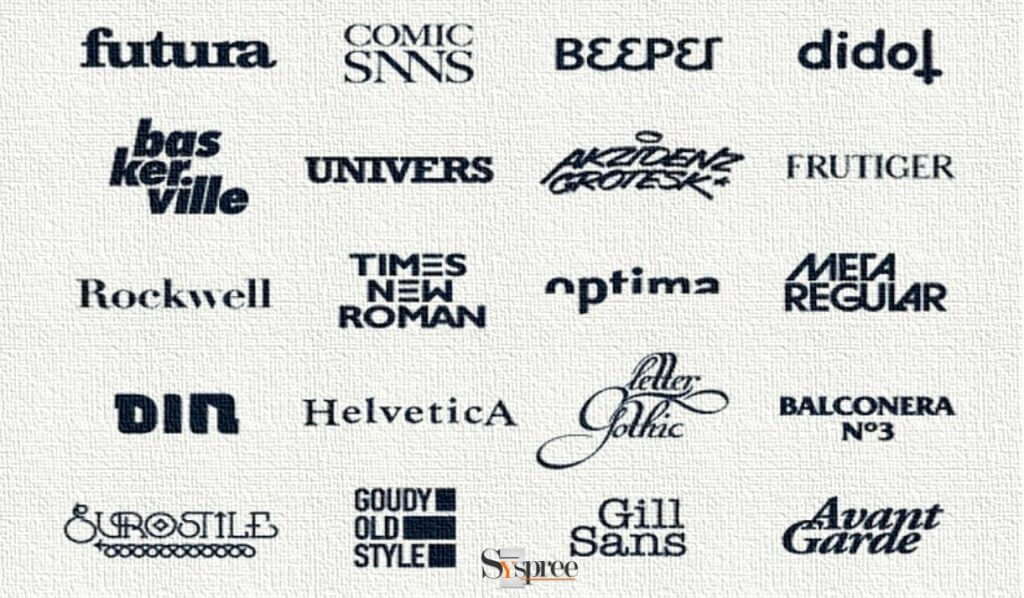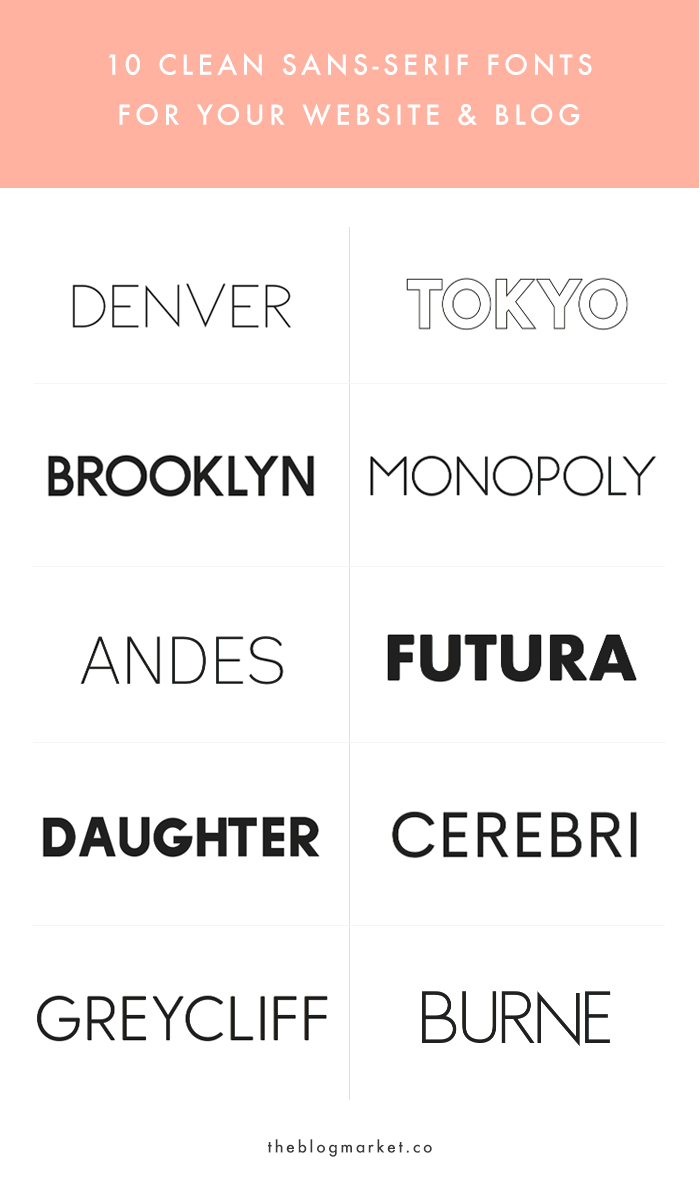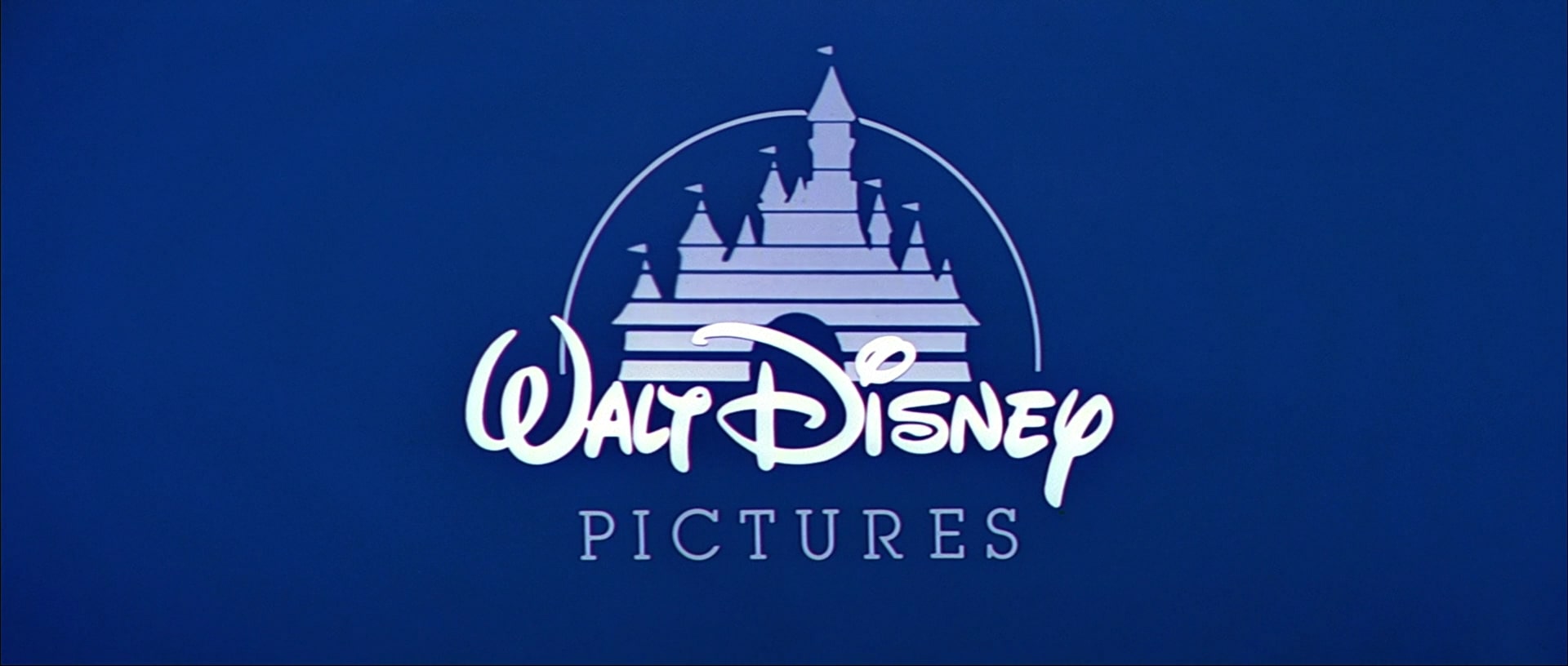The Psychology of Fonts
Introduction
Font psychology is the study of the the way different fonts affect the thoughts, emotions, and behaviors of people. Though it may seem insignificant, font psychology is key in the world of written communication. The reason font psychology is extremely critical is due to a phenomena known as the Picture Superiority Effect. This is the idea that humans are more engaged in visuals rather than the written information itself, meaning that the appearance of the font, matters more that the written content when it comes to the appearance of a brand. Using font psychology can increase the efficiency of a company's marketing and more easily influence the targeted audience in a positive manner. Depending on the type of font, different emotions are evoked in people. This post will cover four main font types, analyzing the emotions produced and the history behind it.
Vocabulary
Serif Fonts
Sans Serif Fonts
Script
-- Some brands that use scripts fonts --
Display
- Some brands that use display fonts -
Why It Matters
Font psychology though seemingly pointless, plays a key role in the way we market products and perceive things. Choosing the right typeface can influence a customer's decision without them realizing. Many companies choose the fonts they use intentionally, thinking about what they are trying to achieve. This applies in all areas of written work, including current affairs magazines. Current affairs magazines tend to use serif fonts. Take Time magazine, for example. The masthead for Time, in written in the font Time News Roman, a serif font. Through the use of a serif font, Time is trying to convey that readers can trust them and that they are knowledgeable regarding the world's affairs. In general, this genre uses serifs fonts to display intellect to their readers and create a sense of trust between them. They are trying to send the message that they a trustworthy source of news. Even this blog post, is trying to do the same using Times New Roman. I, most likely, will be using serif fonts throughout this project and magazine spread in order to create a sense of trust and dependability between the viewer and I. In the end, fonts matter and affect us in ways we cannot imagine, whether we realize it or not.
Works Cited
Fussell, Grace. “The Psychology of Fonts (Fonts That Evoke Emotion).” Design & Illustration Envato Tuts+, 16 May 2020, design.tutsplus.com/articles/the-psychology-of-fonts--cms-34943.
Svaiko, Gert. “Font Psychology: Here’s Everything You Need to Know About Fonts.” Designmodo, 22 June 2021, designmodo.com/font-psychology.
Canva. “The Definition of Font Psychology and How to Use It.” Canva, www.canva.com/learn/font-psychology. Accessed 18 Jan. 2022.
Rinaldi, Joe. “Sans Serif vs Serif Font: Which Should You Use and When?” IMPACT, 12 Nov. 2021, www.impactplus.com/blog/sans-serif-vs-serif-font-which-should-you-use-when#:%7E:text=A%20serif%20is%20a%20decorative,hence%20the%20%E2%80%9Csans%E2%80%9D).











Comments
Post a Comment